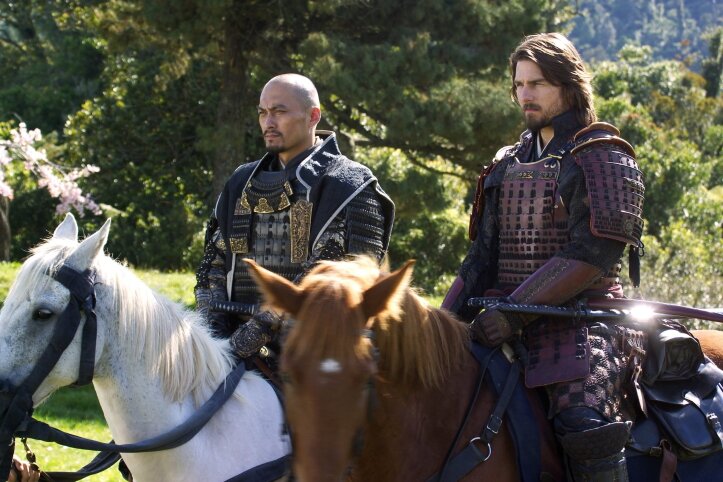Tehran cultural center to review “The Last Samurai”

TEHRAN – American filmmaker Edward Zwick’s movie “The Last Samurai” will be screened during a session at the Arasbaran Cultural Center in Tehran on Wednesday evening.
Iranian film critic Kurosh Jahed will attend a screening of the film followed by a review session.
Released in 2003, “The Last Samurai” explores themes of honor, cultural conflict, and personal redemption set against the backdrop of Japan’s tumultuous Meiji Restoration. The story of the film was inspired by the real-life 1877 Satsuma Rebellion led by Saigo Takamori and the broader Westernization of Japan during this period.
Tom Cruise stars as Nathan Algren, a haunted American military officer whose turbulent past and emotional scars lead him into a journey of self-discovery among the samurai. The character of Algren is loosely based on historical figures Eugene Collache and Jules Brunet, French Imperial Guard officers who fought alongside Japanese forces during the Boshin War, reflecting the international influence and intervention during Japan’s modernization.
The film begins with Algren, an alcoholic and disillusioned veteran of the American Indian Wars, who is recruited by the Japanese government to train their new Imperial Army. His employer, a businessman named Matsue Omura, aims to suppress a samurai-led rebellion threatening the new imperial order. Algren’s initial cynicism begins to shift after he is captured during a skirmish and taken to the village of the samurai leader, Moritsugu Katsumoto, played by Ken Watanabe. Through his captivity, Algren develops a deep respect for the samurai’s code, their traditions, and their way of life, especially as he forms a close bond with Taka, Katsumoto’s sister.
Throughout his immersion in samurai culture, Algren overcomes his alcoholism and guilt, learning the art of kenjutsu and gaining insight into the spiritual and moral values of the samurai.
The narrative intensifies when Katsumoto, opposed to the destructive modernization policies, plans to confront the imperial government. The story culminates in a fierce and tragic final battle where the samurai, fighting to defend their honor and culture, face overwhelming odds. Algren joins their fight, fighting alongside the samurai in a display of loyalty and respect. The battle is brutal, with sacrifices made by many, including Katsumoto, who chooses to die with dignity in a traditional seppuku.
“The Last Samurai” was both a commercial and critical success, grossing over $456 million globally and becoming the sixth-highest-grossing film of 2003. The film received several award nominations, including four Academy Awards, though it did not win. It also garnered accolades from the Golden Globe Awards and the National Board of Review for its direction, cinematography, and score.
Despite its success, “The Last Samurai” has sparked debate regarding its portrayal of Japanese history and culture. Critics have pointed out that the character of Katsumoto echoes the real Saigo Takamori, a complex figure who opposed rapid Westernization but also fought to preserve the samurai class and their values. Some argue that the film romanticizes the noble savage trope and simplifies the cultural upheaval of the period. Others have viewed it as a step forward in Asian representation in Hollywood, with Watanabe himself noting that the film helped inspire more authentic portrayals of Asian stories.
SAB/
Leave a Comment